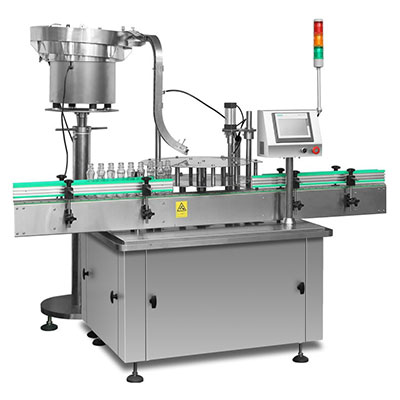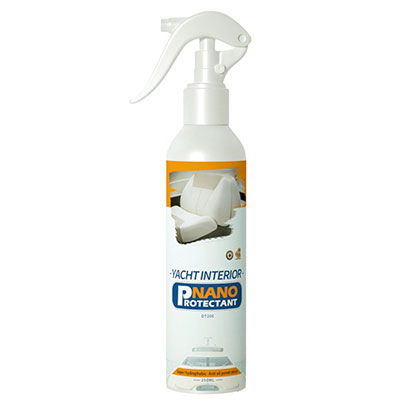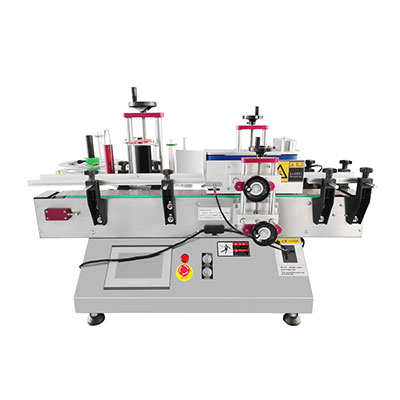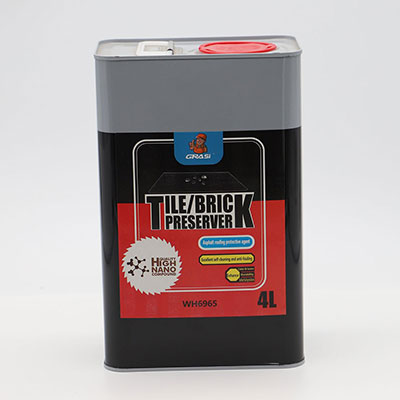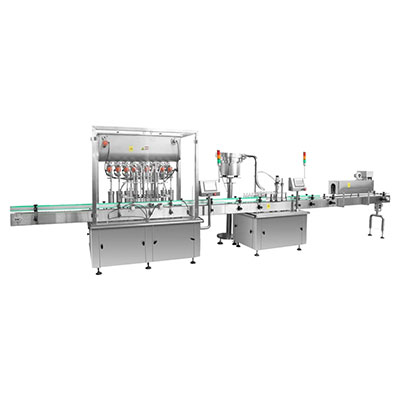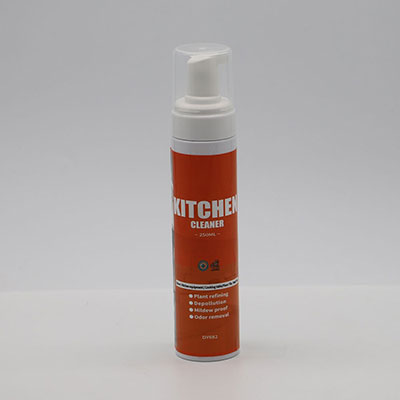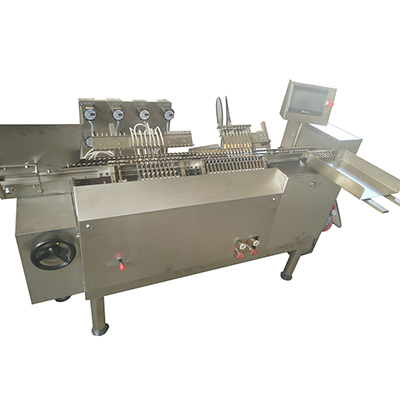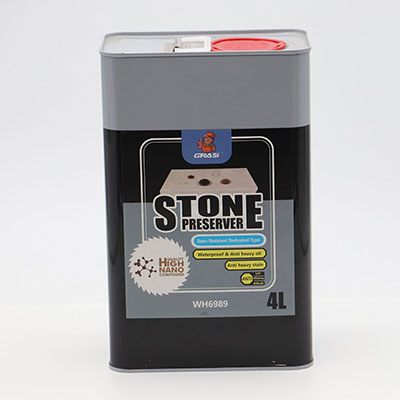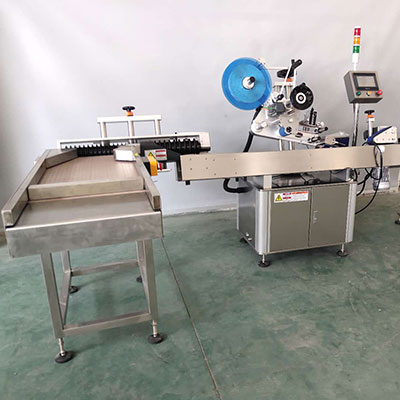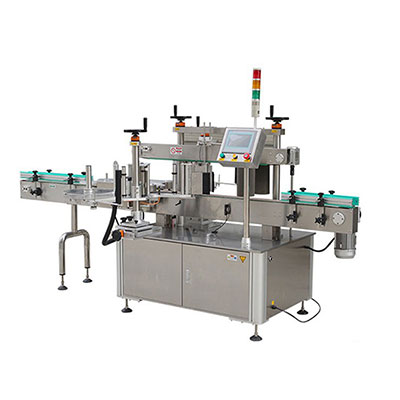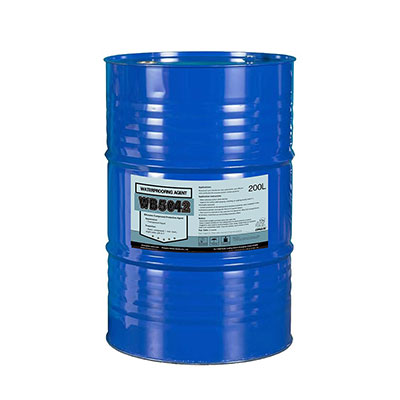Vodka Glass Bottle
Vodka Glass Bottle
Our Company is a specialist in manufacturing vodka glass bottle. The material used in our product generally is high-grade crystal, and some individual products are made with pickling effect. In the pickling process, bottles after being eroded by strong sulfuric acid will have white mist of frost, which bring with us the stunning aesthetic effects. As vodka favors cryopreservation, the basic tone of the bottle is usually white, and the frosting effect is often added to the bottle. In addition to its pickling effect and white frosting effect, paper flower design is also available in our company. The vodka glass bottle with flower paper roasted onto the surface is truly a piece of art. The aesthetic design together with the wonderful taste of the fine Vodka is sure to liven up your mood.
The most common capacity of vodka glass bottle is 750ml and 1L, though in Western and Eastern Europe their favorite type is 700ml and 500ml respectively. This bottle also fits tequila, gin, rum and other spirits.
History of Vodka
Vodka is the distilled liquor manufactured by the Slavic peoples and has a history of several hundred years. It is often referred to as the national beverage of Russia. Like life wine aquavi, whiskey and brandy, its etymology is water. The word ‘vodka’ originates from ‘Voda’(water) in Russian ‘Zhizennia Vtda’(the water of life). So far Russians use the ‘water of life’, the ‘lovely water’ as its nickname.
The earliest vodka was invented in the 11th century in Perisa, a small city near Moscow, made exclusively for aristocrats and the royal family by monks in monastery. Until the 13th century vodka became popular in entire Russia and the distillation technology of vodka was spread to Poland and Finland. In the beginning of 1800, manufacturers of St. Petersburg used activated carbon of birch in vodka distillation process, namely the Sherbarry method. Together with the introduction of continuous distillation machine they enhanced the quality of the liquor and helped to bring in the modern refreshing vodka.
Today’s vodka is a distilled spirit which is colorless, tasteless and odorless. Thanks to Theodore Lowitz, the royal chemist of Czar, he created the prototype of today's vodka. In the end of 18th century, He first used charcoal filtration to remove the residue from the wine to make it purer and more drinkable.
Forty years later, the Smrinoff family in Moscow started to build the first vodka brand. Today you can easily find details in novels or films that a Russian takes out a delicate, transparent vodka glass bottle and has a big sip of vodka. Undoubtedly vodka has become a symbol of Russia.
The Prevalence of Vodka
Though vodka had brought numerous honors and wealth for the Smrinoff family, the journey had never been that smooth. In the Russian Revolution in the early 20th century, Vladimir and his wife were forced to flee to Paris with their secret formula of making vodka. Since then, the transparent, colorless, almost odorless Water of Life from Eastern Europe was introduced to the Western world. After the Russian Revolution of 1917, the distillation technology of vodka was brought to other countries in the world by exiled white Russians. So it is no coincidence that many countries are now capable of making fine vodka.
However, the world owes an American who made Vodka really popular around the world. In the 1940s a grocer in Los Angeles tried to mix wine into the ginger juice to clear his inventory. A variety of wine was used, but the results were poor. Finally he joined the vodka and a little lemon juice into the ginger juice, and he found it was surprisingly tasty. He named it as The Moscow Mule and it soon became the best seller. The sale of vodka was thus promoted greatly.
In different region people have their own way to make vodka. In Russia, Vodka is made from potatoes. However, it is distilled from corn, wheat or other grains in the United States. First the manufacturers boil the grains and let it ferment. After continuous distillation alcohol of nearly 95 degrees is obtained and fine charcoal or quartz sand is used to thoroughly filter all residues. Finally, in the filling process water is blended into the fine, white vodka glass bottle to produce drinks with certain alcohol levels.
Ways to Drink Vodka
People have also developed certain ways to enjoy the beauty of vodka. In drinking pure vodka, first take out the artistic vodka glass bottle which has been stored in the freezer and pour the drink into an iced wine glass. Remember to take one glass one time. In this way you will find the taste even matches drinking it in Siberia.
Apart from drinking pure vodka, like gin, it is also widely used as the base wine to mix with other drinks and has numerous flavor variations. The alcohol concentration of vodka varies from 35% to more than 90%. No matter what kind of vodka is used as base wine, it can easily match with other materials. When mixed with fruit juice, carbonated drinks, it also produce excellent flavor.
Keep in mind, vodka has to be thoroughly cold whether it is used for pure drink or base wine. The colder, the more you are able to appreciate the special vodka-sweet in alcohol. If it is placed in the minus 18-degree refrigerator, prepare yourself to be immersed in the fantastic vodka world.
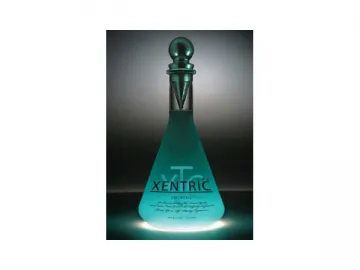
Among all spirits, vodka belongs to the neutral type. The purity of vodka leaves no smell of alcohol in mouth after drinking, and do not have a hangover headache phenomenon. Together with its reasonable price and noble bottle design, it has become the most fashionable spirit in the world.
Links:https://www.globefindpro.com/products/91025.html
-
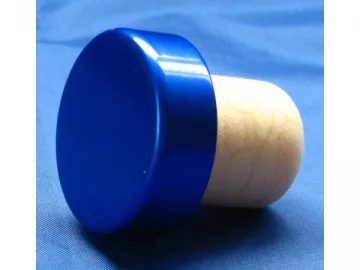 Wood Cork Stopper
Wood Cork Stopper
-
 SGTS-100 Vehicle GPS Tracking Platform
SGTS-100 Vehicle GPS Tracking Platform
-
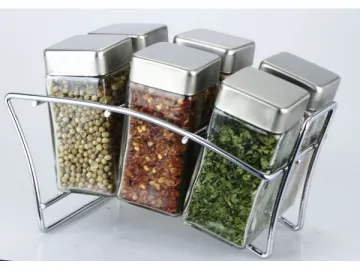 Spice Glass Jar
Spice Glass Jar
-
 HDC3316KM Inkjet Printing Machine
HDC3316KM Inkjet Printing Machine
-
 SGVT-01 Vehicle GPS Tracking System
SGVT-01 Vehicle GPS Tracking System
-
 Leather Printing Machine
Leather Printing Machine
-
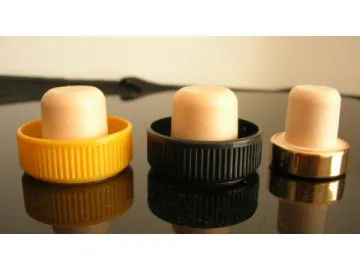 Plastic Bottle Cork Stopper
Plastic Bottle Cork Stopper
-
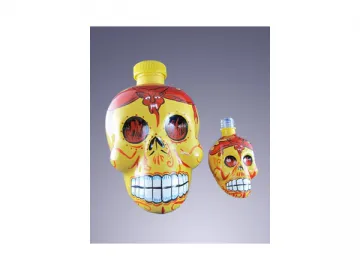 Tequila Glass Bottle
Tequila Glass Bottle
-
 HDT1808KM Inkjet Printing Machine
HDT1808KM Inkjet Printing Machine
-
 HDA3316XR Inkjet Printing Machine
HDA3316XR Inkjet Printing Machine
-
 Flatbed UV Printer
Flatbed UV Printer
-
 SRC240 Low Power Wireless Data Transmitter Module
SRC240 Low Power Wireless Data Transmitter Module
